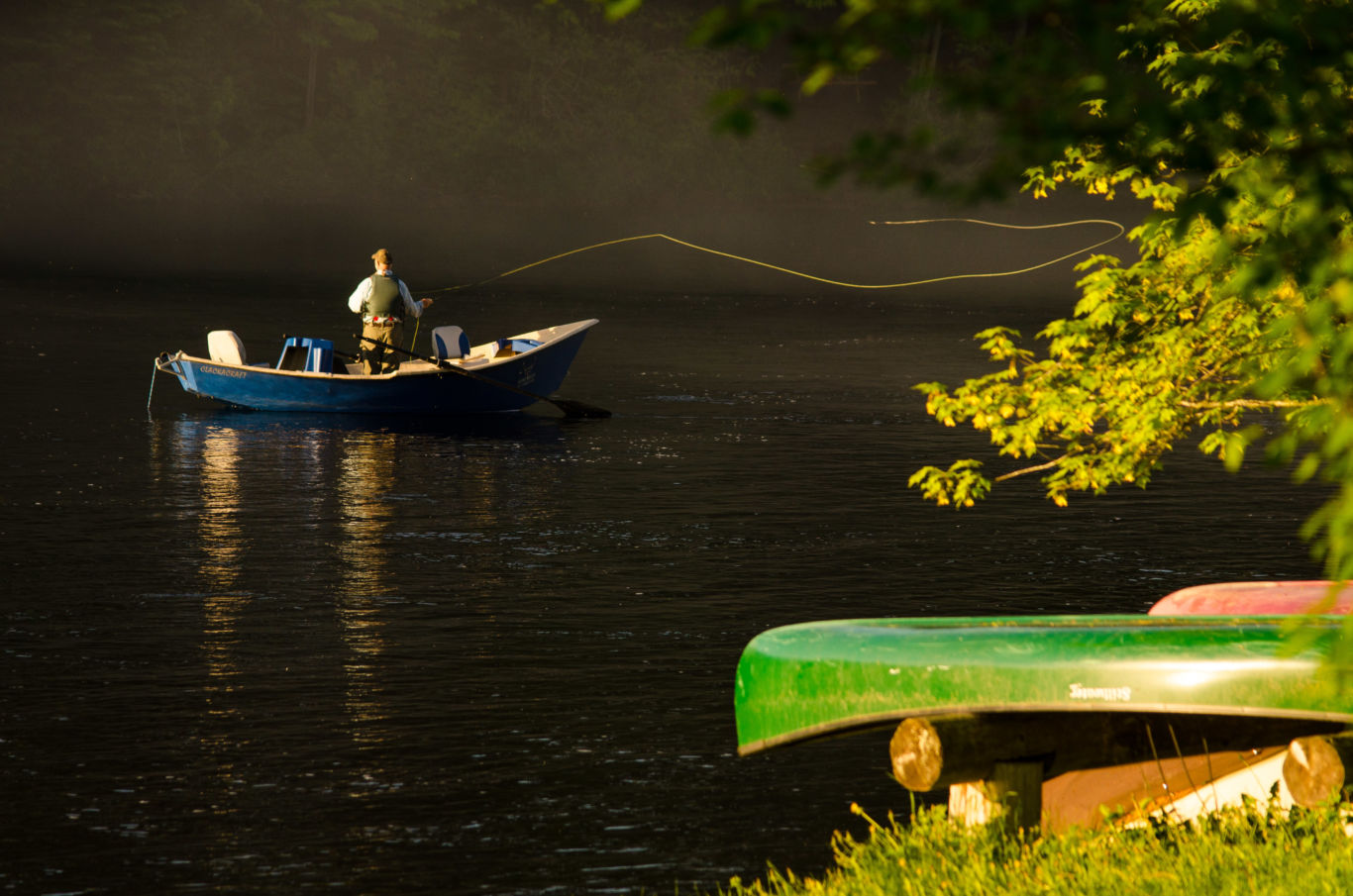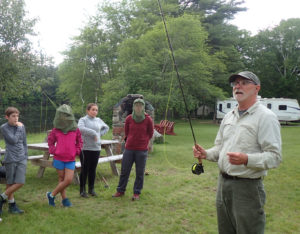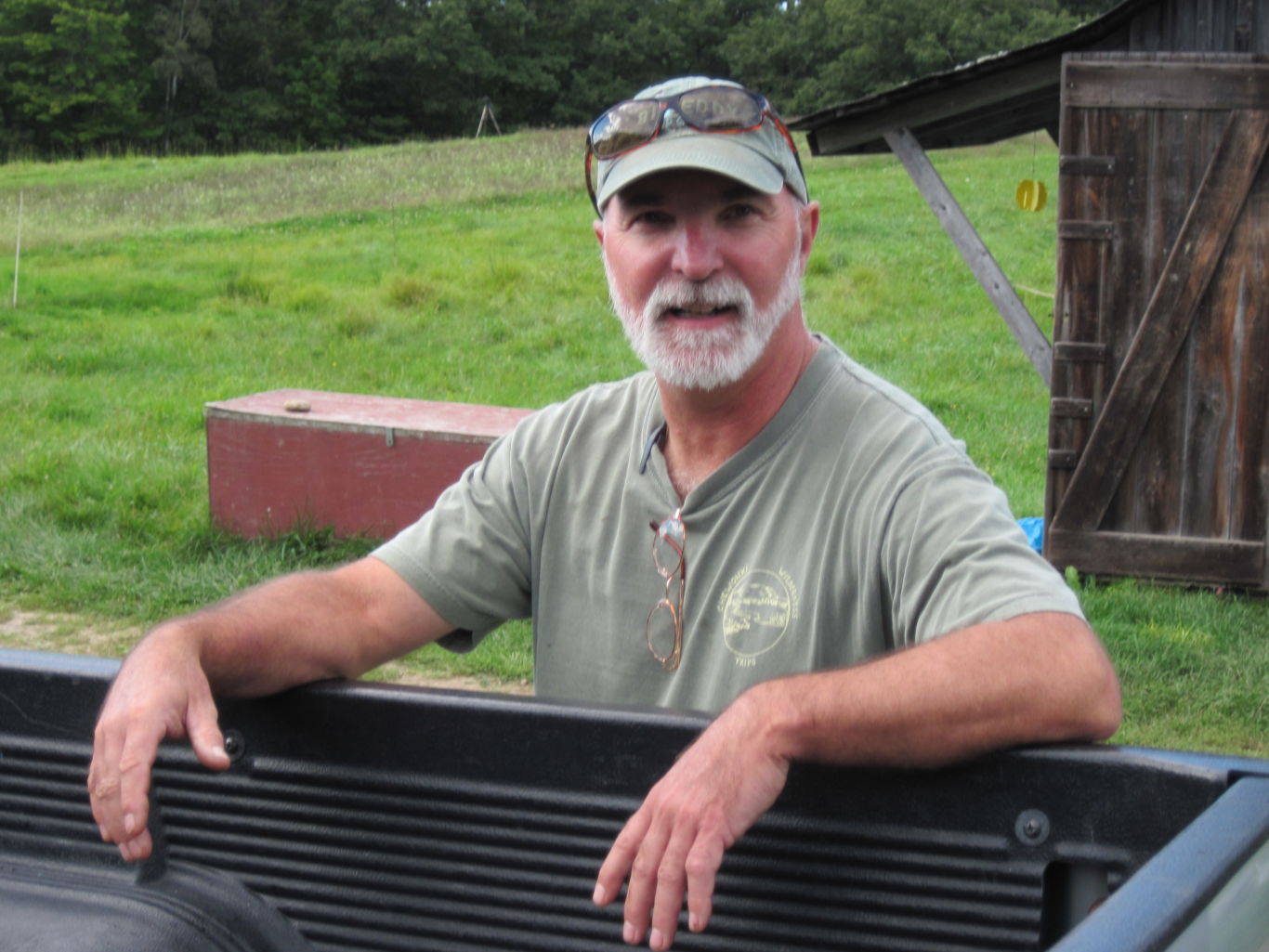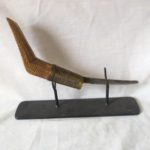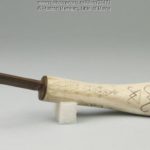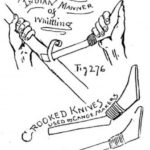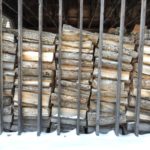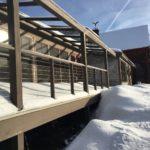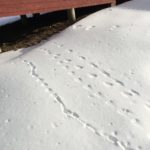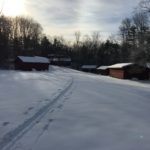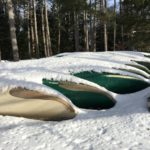 When Chewonki became a non-profit in 1962, a charitable purpose became an essential piece of our organizational DNA. Since that time, we have served participants across an increasingly broad range of identities, backgrounds, and experience. Camp Chewonki welcomes campers from more than 15 nations each summer, Maine Coast Semester typically has students from more than 15 states, and we serve well over 15 communities in Maine with our Elementary School and Outdoor Classroom programs. Our broadest engagement comes from our traveling science educators, visiting hundreds of towns throughout the region each year.
When Chewonki became a non-profit in 1962, a charitable purpose became an essential piece of our organizational DNA. Since that time, we have served participants across an increasingly broad range of identities, backgrounds, and experience. Camp Chewonki welcomes campers from more than 15 nations each summer, Maine Coast Semester typically has students from more than 15 states, and we serve well over 15 communities in Maine with our Elementary School and Outdoor Classroom programs. Our broadest engagement comes from our traveling science educators, visiting hundreds of towns throughout the region each year.
However, we cannot meet the full promise of our mission by merely serving more people across a geographic area. We need a diverse, equitable, and inclusive environment to foster educational growth and make sure that every student, camper, and staff member feels safe, welcome, and valued for who they are and what they bring to the community.
We learn from nature that diverse ecosystems are lively and robust while monolithic ones become stale and fragile. We will continue to broaden our community, ensuring that human diversity at Chewonki reflects the human diversity we see throughout our nation.
Our wonderful educators and staff strongly hold this view, and they have continuously pushed the organization to meet this promise in new and better ways.
For these reasons and more, in November 2018, the Chewonki board of trustees approved a formal Diversity, Equity, and Inclusion (DEI) statement to guide our work. Similar to our mission statement, our DEI statement is a guiding star we will always strive towards, pursuing the principles and directions set forth in its language.
Our DEI statement is the product of a task force of staff and board members, building on several years of staff activities and professional development. I am grateful for the effort and wisdom of the task force members below.
- Susan Feibelman, Head of Semester School
- Nancy Kennedy, Vice President for Camp Chewonki
- Shelly Gibson, Team Development Coordinator
- Lisa Beneman, Assistant Farm Manager
- Anne Leslie, Writer/Editor
- Emma Balazs, Traveling Natural History Programs Coordinator
- Rebecca Marvil, Trustee
- Roseanne Saalfield, Trustee, Chair (ex officio)
- Jeff Eberle, Trustee, Treasurer
- Davis Benedict, Trustee
- Jenn Gudebski, Advisor
While all organizations must do this work, I am particularly proud of the approach we are taking, which includes an emphasis on developing cultural proficiency for the whole community while holding up a mirror and a lens to examine ourselves and everything we do. In addition, I have charged our leadership team with the responsibility for implementing our DEI statement in every aspect of our work.
Chewonki cultivates a diverse body of effective citizen-leaders who improve their human and natural communities across a multitude of careers, disciplines, roles, and places. We will continue to broaden our community, welcoming new voices and new perspectives. You are very much part of this work, and I thank you for your continued support.
Warm regards,
Willard Morgan
President



